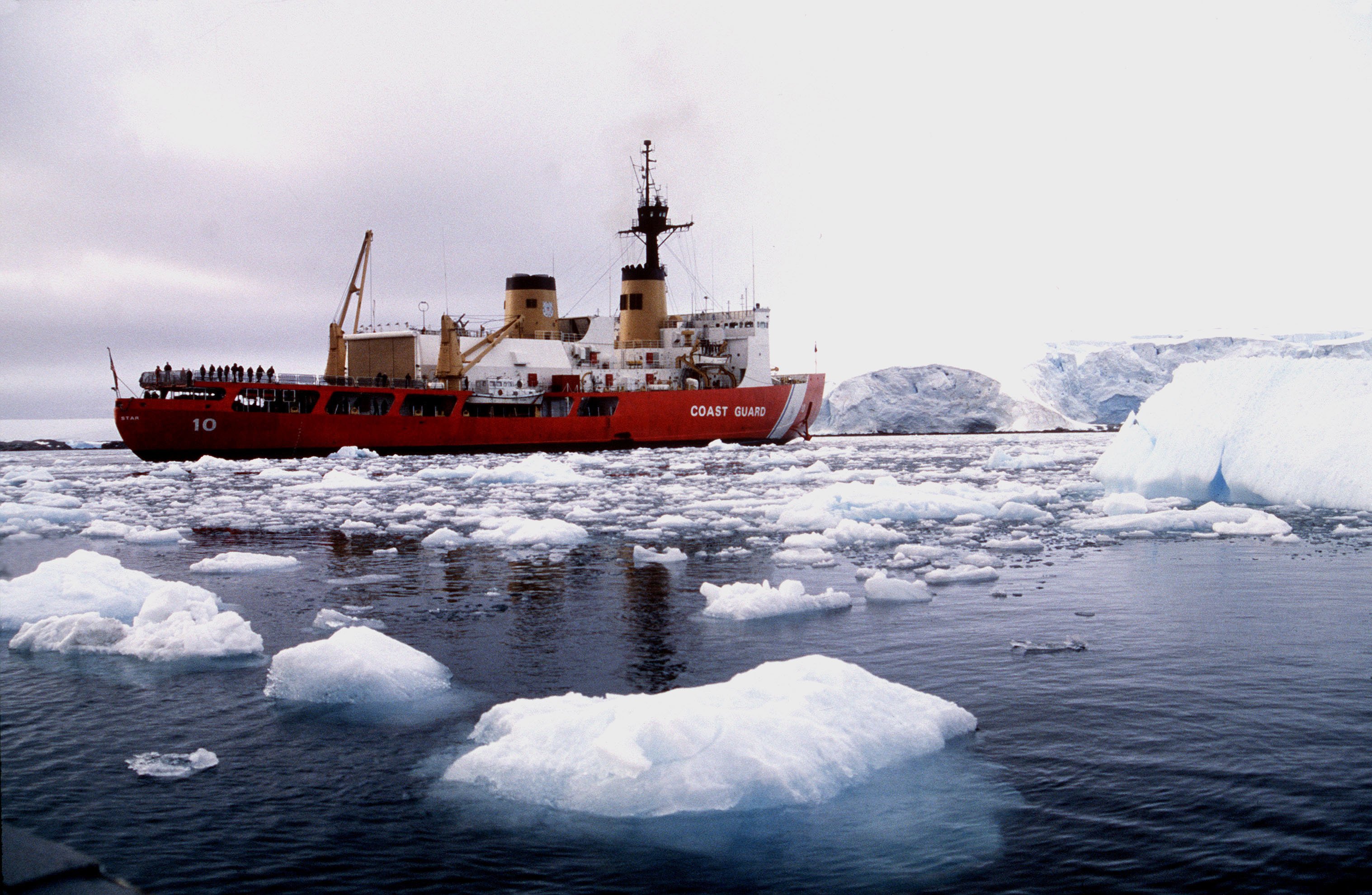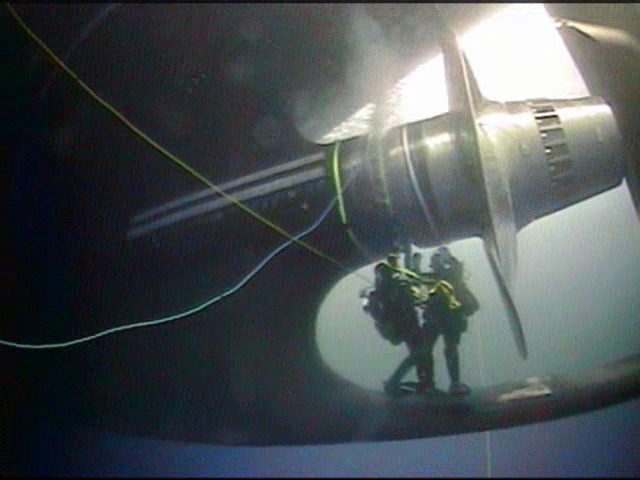
NATIONAL HARBOR, Md. – The Coast Guard hopes to have its first three heavy icebreakers fielded by 2027 or 2028 to replace the one icebreaker that is increasingly struggling to make it to Antarctica and back each year and to increase U.S. presence in the high latitudes, the commandant said today.
U.S. Coast Guard Commandant Adm. Karl Schultz said this morning that the icebreaker program – a planned three heavy icebreakers dubbed the Polar Security Cutter and three medium icebreakers – was more capital-intensive than most Coast Guard acquisition efforts, but “right now my sense is we enjoy support from the administration, we enjoy bipartisan, bicameral support” in Congress, he said while speaking on a service chiefs panel at the Navy League’s annual Sea Air Space conference.
After awarding a $745 million contract to VT Halter on April 23, “we’re off to the races” on buying the first ship. This first ship is supposed to deliver to the Coast Guard in 2023. Still, Schultz noted, the Fiscal Year 2020 budget proposal only contains $35 million for the program as a bridge, to keep the acquisition office and construction yard humming until “a big tranche of money” is ideally awarded in FY 2021 to buy the second ship of the class.
“You’ll see larger asks here to get after the second and the third polar security cutter. Ideally projected into our capital investment plan or CIP you’ll see between now and 2028 the [funds] to deliver on those first three polar security cutters,” Schultz said.
Schultz did not elaborate on specifically when he hoped each ship would be put on contract, but maintaining and every-other-year acquisition profile – buying the second and third ships in FY 2021 and 2023, respectively – would allow for all three to be in the fleet by 2027 or 2028.

The first cutter, he said, would replace the 43-year-old USCGC Polar Star (WAGB-10), which has experienced more and more severe engineering casualties in recent years when it makes its annual voyage to the McMurdo Station in Antarctica.
“It’s the second and third subsequent hulls that gives us increased presence at the high latitude region,” Schultz added.
Schultz said repeatedly that “presence equals influence up there” and that the Coast Guard needed to remain involved in any commercial or military activity taking place in the Arctic as waterways open up. The Coast Guard last month released an Arctic Strategic Outlook that updates a 2013 document. In the intervening six years, the admiral said, the Coast Guard’s focus has moved from safety, security and collaboration to more of an emphasis on competing powers. China is much more active in the Arctic region now, he said, and oil and rare earth minerals under the sea make the Arctic “geographically, geo-strategically competitive space.”
Chief of Naval Operations Adm. John Richardson said during the panel that the U.S. Navy is not looking to conduct a legal freedom of navigation operation like it does in contested waters such as the South China Sea, but it does intend to be more active in the Arctic with its Coast Guard and Marine Corps partners.
Richardson said the Navy needs to make a habit of “navigating in these now-free navigable waters. So we want to make sure that as navigation channels open up, consistent with our sovereign responsibilities – we are an Arctic nation – that we are getting up and remaining familiar with those operating in that high north.”





